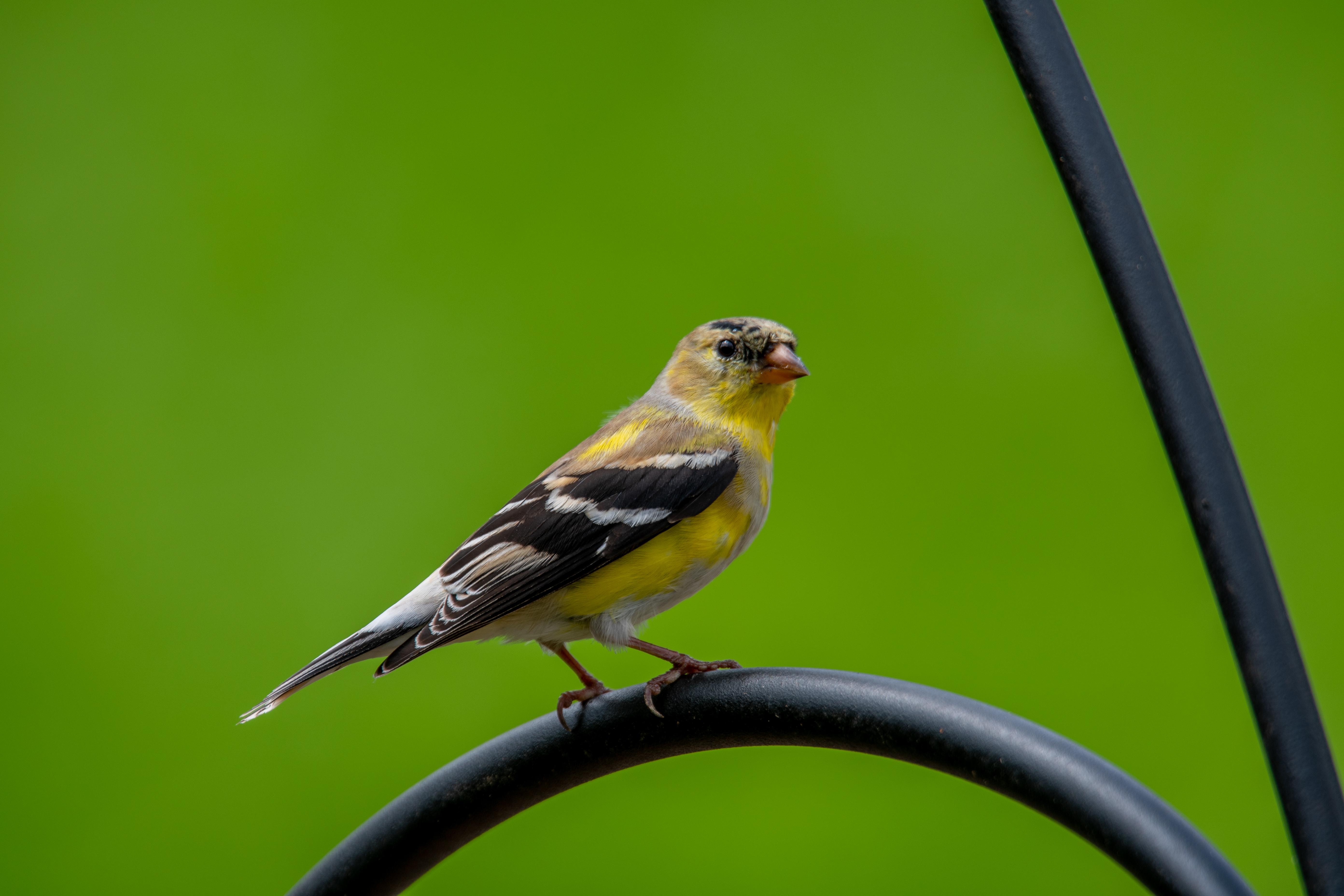Science Sleuths: The Science that Shapes Diagnostic Tests; How Feeding Wildlife can Influence Migration and the Spread of Disease

Climate change and human alteration of the landscape are changing natural animal migration patterns. These changes can influence and alter wildlife migration patterns which in turn affects wildlife interaction with disease. This can fundamentally impact public and animal health.
As recently as 2018, the Royal College of Veterinary Medicine’s Department of Infectious Diseases has been using mathematical modeling to investigate the impact of climate change, habitat alteration and wildlife feeding on migration and disease. Modeling indicates that providing food to wildlife both unintentionally (unsecured trashcans) or purposefully (bird feeder) impact an animal’s natural instinct to migrate. Most animals migrate to follow available food sources and to avoid winter. Another important aspect of migration is that it allows animals a period of absence (break) from a habitat that has a built-up source of parasites. During the migration, weaker individuals infected with parasites are not able to survive the journey, therefore migration helps reduce parasite infections in the animal population. Besides parasitism, evidence has indicated that migration lowers the transmission of some pathogens, thus enforcing the importance of migration on infectious disease transmission. Migration is important ecologically as well for natural processes such as nutrient transfer and pollination.
If this natural pattern of migration is interrupted when human-provided food resources are available, this can allow some animals to skip migrating and setup resident populations. This can be devastating in its consequences. When animals that have migrated return, resident populations could already be infected heavily with parasites or pathogens, setup their own territories and put returning animals at a distinct disadvantage regarding existing resources. Additionally, the parasite and pathogen season has been effectively extended in resident populations, thereby causing natural methods of lowering parasites and pathogens to lose effectiveness.
With the ongoing destruction of wildlife travel corridors, use and accumulation of pesticides, herbicides and other products that can have a deleterious effect on ecosystems we need to be more cognizant of our impact on local and global levels. Supporting wildlife populations is another part of the ‘human intervention puzzle’ and we don’t always know what the effect will be. These effects may have a massive impact on the species we deal with domestically. Take for example the tale of West Nile virus. This virus was first identified in Uganda in 1937 and was first identified in the USA in 1999 in New York. It rapidly swept across the U.S. killing birds, affecting horses with often fatal outcomes and infecting man. Thankfully a vaccine against this zoonotic disease was rapidly developed to protect horses and has remained very effective when used properly.
The take home message is that we need to take a wider view look at small acts that can have drastic and far-reaching effects on our agriculture and domestic agricultural animal species. In future articles, we will take a look at how animal movement can affect our insect populations playing a role in spreading disease.
Jackie Smith, PhD, MSc, MACE, Dipl AVES is an epidemiologist based at the University of Kentucky Veterinary Diagnostic Lab. Emma Adam DVM, PhD, DACVIM, DACVS is based at the University of Kentucky Gluck Equine Research Center and Veterinary Diagnostic Lab and is responsible for research and veterinary industry liaison.
